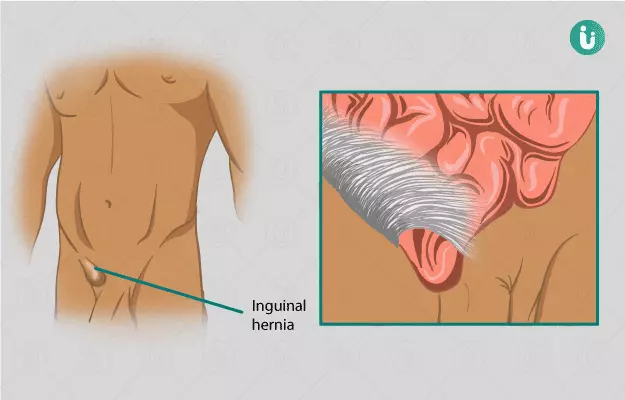Summary
An inguinal hernia is a condition when a lump of fatty tissue or a part of the intestine protrudes into the inguinal canal through the weakened abdominal wall. Surgery for inguinal hernia may be performed to correct this type of hernia. The inguinal canal is present in the front portion of the lower abdomen, the junction where the upper end of the thigh meets the groin area. In men the spermatic cord (facilitates passage of semen) passes through it and in women, the round ligament of the uterus (maintains the position of the uterus during pregnancy) passes through the inguinal canal.
An inguinal hernia surgery may be done either as an open surgery, which involves one big incision or by laparoscopy, which involves three smaller incisions. It may also be performed robotically, which is a form of laparoscopy that makes use of a special console.
Before the surgery, you may need some radiological and laboratory tests and will have to share your medical history with the surgeon. You must also sign a consent form before the surgery to allow the surgeon to perform the procedure.
After the surgery, you will be asked to rest for a while and follow your doctor’s instructions on how to take care of the wound. You may resume your daily activities when you feel ready. Inform the doctor immediately if you notice any symptoms, such as bleeding at the incision site, chills or fever, after the surgery. You need to have a follow-up appointment two weeks after the surgery to check your progress.
Read more: What is umbilical hernia surgery






































